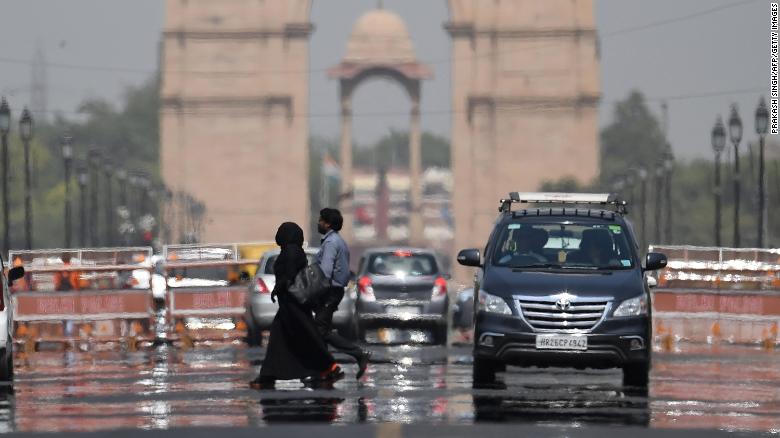In the 1980s, about 4.5 million monarch butterflies wintered in California. This year? There were only about 30,000.
I grew up in the Bay Area in the 1990s—monarchs were an important part of my childhood. I want them to be a part of my children’s memories, too.
Seeing a monarch butterfly takes me right back to being a child. Monarchs flew to California every winter season.

The monarch butterflies overwintering in the sanctuary on the coast of Northern California
I took many trips to monarch sanctuaries in Santa Cruz and Monterey with my classmates, where we learned about their lifecycle, epic migration, and even why they have their color (to warn potential predators that they are dangerous!).
But these butterflies are vanishing. We need all hands on deck if we’re going to save them. Alarmingly, the population of monarch butterflies that spent the winter in California was less than 0.5 percent of its historical size—and this year’s population was down by roughly 86 percent compared to 2017.
Continue reading at: The last migration of the monarch butterflies? | Environmental Action
I grew up in the Bay Area in the 1990s—monarchs were an important part of my childhood. I want them to be a part of my children’s memories, too.
Seeing a monarch butterfly takes me right back to being a child. Monarchs flew to California every winter season.

The monarch butterflies overwintering in the sanctuary on the coast of Northern California
I took many trips to monarch sanctuaries in Santa Cruz and Monterey with my classmates, where we learned about their lifecycle, epic migration, and even why they have their color (to warn potential predators that they are dangerous!).
But these butterflies are vanishing. We need all hands on deck if we’re going to save them. Alarmingly, the population of monarch butterflies that spent the winter in California was less than 0.5 percent of its historical size—and this year’s population was down by roughly 86 percent compared to 2017.
Continue reading at: The last migration of the monarch butterflies? | Environmental Action






